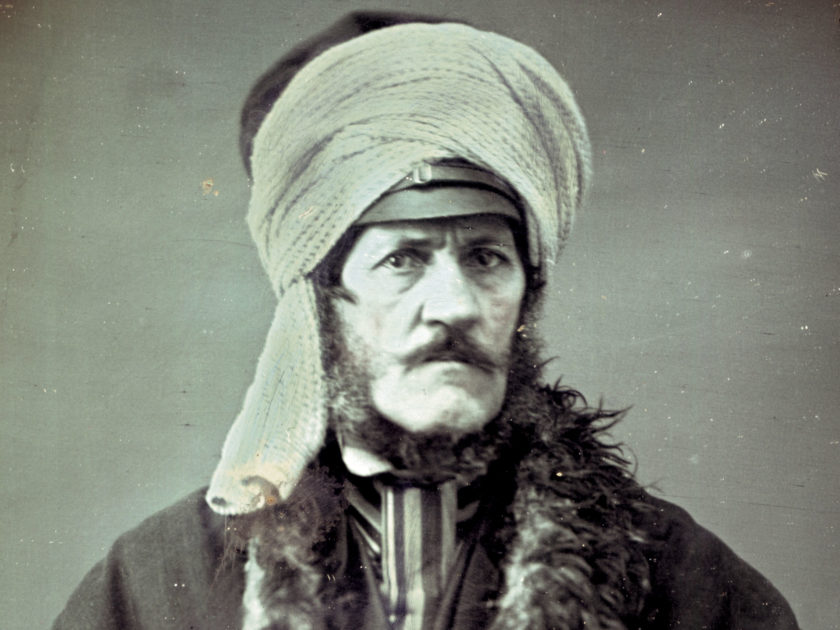
The Borderer: The antebellum origins of the Father of the American Cavalry
By Mike Medhurst
In late 1827, a second lieutenant fresh from the U.S. Military Academy arrived at Jefferson Barracks in St. Louis. He was Philip St. George Cooke, a son of Virginia whose entra
